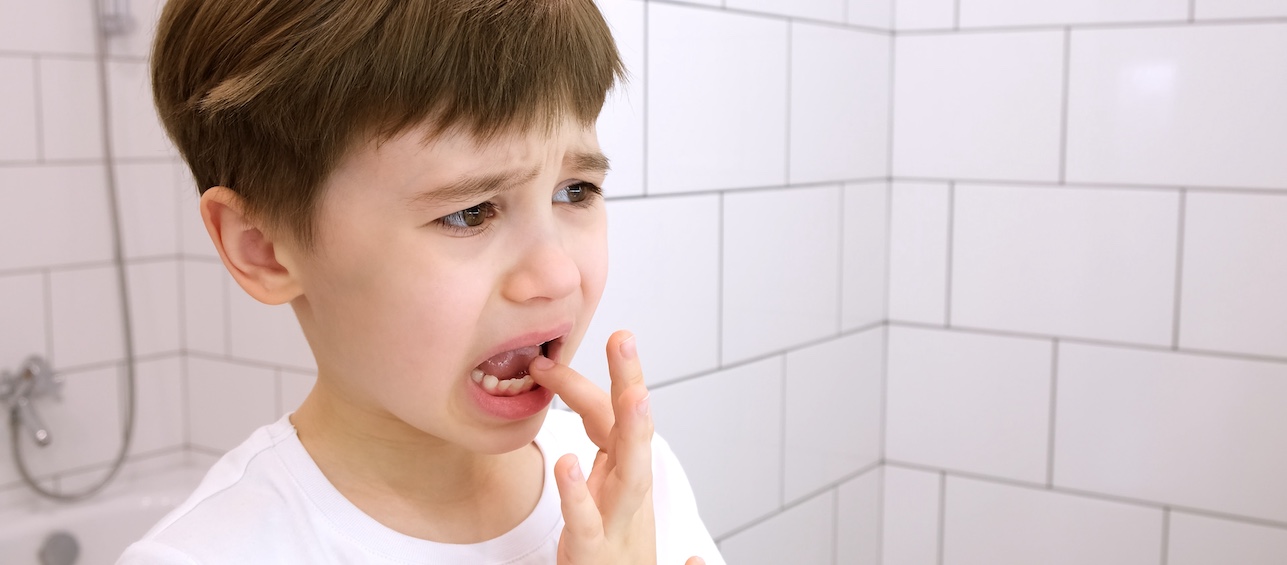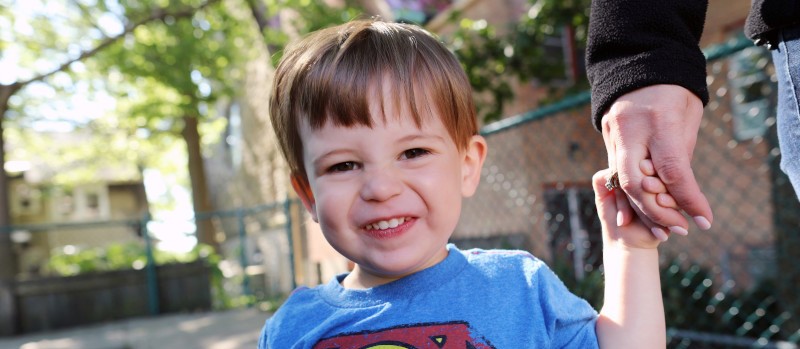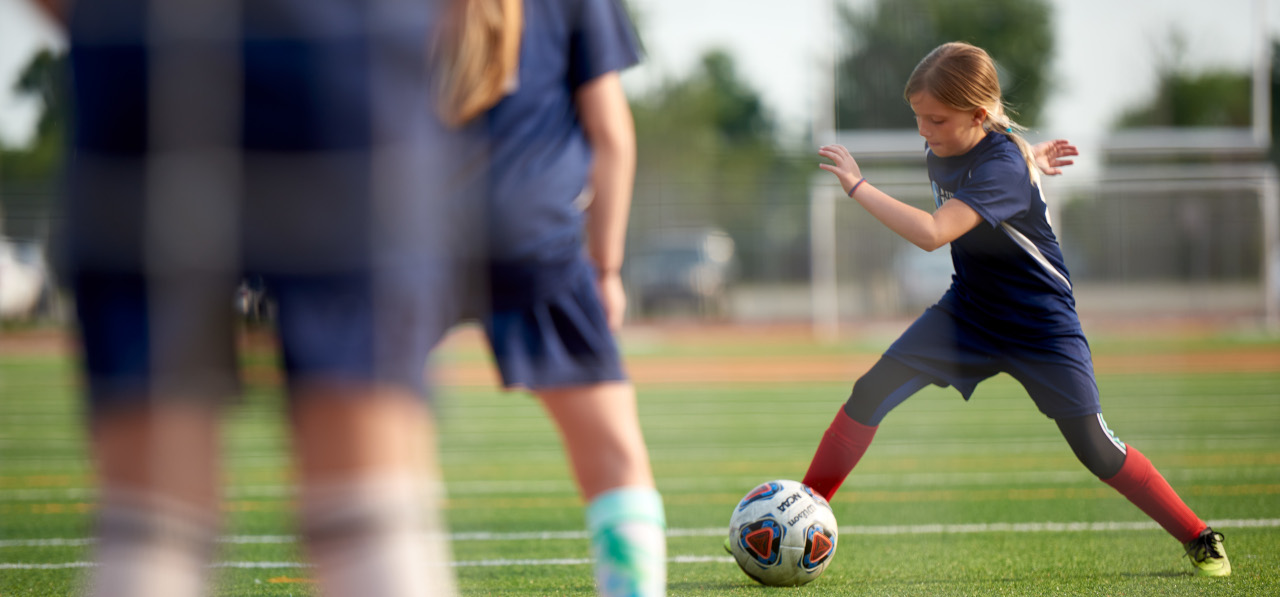Most importantly, stay calm.
When a child’s tooth gets knocked out, it can be scary for both the child and parent. There’s often a lot of blood. It’s important to stay as calm as you can for your child.
Having a tooth knocked out is called avulsion (uh-VUL-shun). It can occur to both baby and grown-up (permanent) teeth.
THE FIRST THING YOU SHOULD DO
Before dealing with the tooth or teeth, it is critical to make sure your child is medically stable.
If there has been any loss of consciousness or vomiting after the injury, or if your child is acting at all unusual, take your child to an emergency department right away.
They will look for signs of concussion or other head injury.
Oral/mouth injuries are quite common in kids ages 0 to 6 years old. These injuries are most often caused by falls. In older kids, teeth are knocked out mainly due to accidents during play, as well as falls and collisions, often in sports.
WHEN A BABY TOOTH IS KNOCKED OUT
When baby teeth are knocked out, they are usually not reimplanted, or put back in place. The main reason for this is that there is a risk of hurting the developing grown-up tooth. In most cases, this risk outweighs the benefit of reimplanting the baby tooth.
WHEN A PERMANENT TOOTH IS KNOCKED OUT
When grown-up teeth are knocked out, putting the tooth back in is always a goal. Sometimes the tooth cannot be reimplanted. Your dentist will let you know if it is possible.
WHAT DO I DO NEXT?
If your child’s tooth has been knocked out, follow these steps:
- If you can, find the tooth and pick it up by the crown (the white part). Try not to touch the root of the tooth.
- If the tooth is dirty, rinse it under cold water for no more than 10 seconds.
- If possible, put the tooth back in the hole where it came out of your child’s gums. Even if you have to put it in backward, that’s OK. Once the tooth is in, keep it in position by holding it in place—or have your child hold it in place—with a wash cloth or paper towel.
If needed, use a cold compress to help control swelling and/or bleeding. - If you weren’t able to put the tooth back in place, place it in a cup of cold milk as quicky as possible. Milk can help preserve a tooth for a longer period of time than being out in the open. This increases the chances of the dentist being able to put the tooth back in.
Cow’s milk is the most studied and recommended method for storing a tooth. However, some studies suggest soy and almond milk may work too, so use what you have in the fridge to cover the tooth right away. - GO TO THE DENTIST OR HOSPITAL.
If your child does not need emergency care for other injuries, call their dentist right away and let them know you have an emergency. If it is after hours and your dentist does not have an emergency number, go to the emergency department. Take the tooth with you to the dentist or hospital if it is in a cup of milk.
The best chance to save a tooth is if it can be put back in within 15 minutes of the injury. We know it’s hard to put a tooth back in, but it’s important to try. After 15 minutes, the long-term possibility of being able to save the tooth goes down. After 60 minutes out of the mouth, the cells that hold the tooth in are mostly dead and chances of saving the tooth are small.
At the dentist, they will check the injury, adjust the tooth or put it back in if possible. If the tooth has been reimplanted, the dentist will likely put in a piece of plastic or a small wire, called a splint, to hold the teeth in place.
WILL THE TOOTH SURVIVE?
Every tooth injury is different. It’s hard to know which ones will do well being put back in and which ones won’t. It’s always worthwhile to try, so make sure you get the tooth in milk as soon as you can and go for care right away.
Your dentist will tell you more about how to take care of the injured tooth while it’s trying to heal.
If your child plays sports, there are many benefits of wearing a mouthguard to help protect those teeth.
Sources:
American Academy of Pediatric Dentistry (AAPD)
International Association of Dental Traumatology (IADT)






